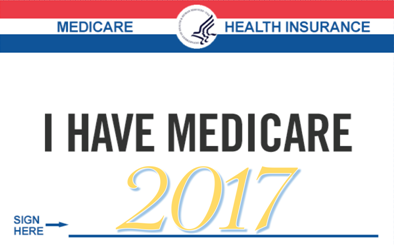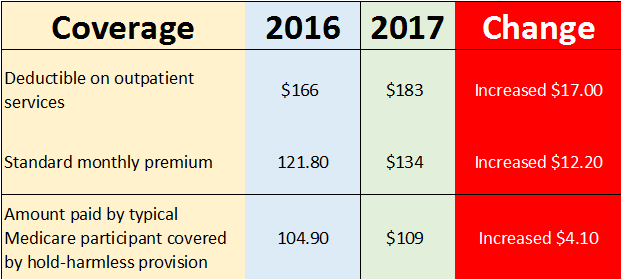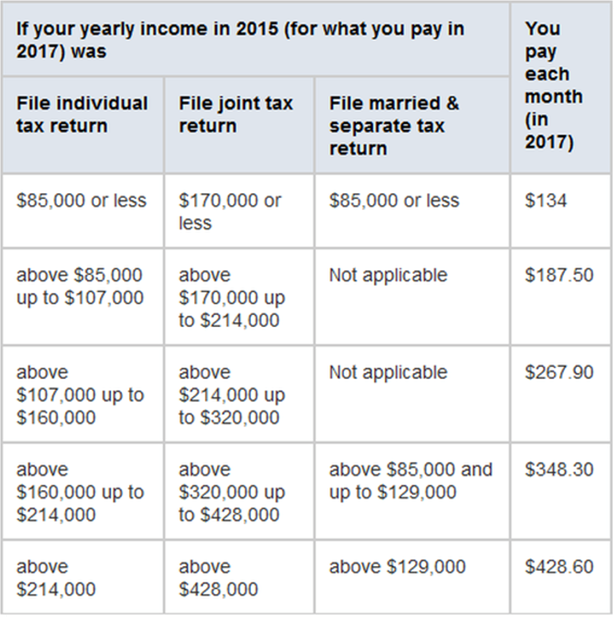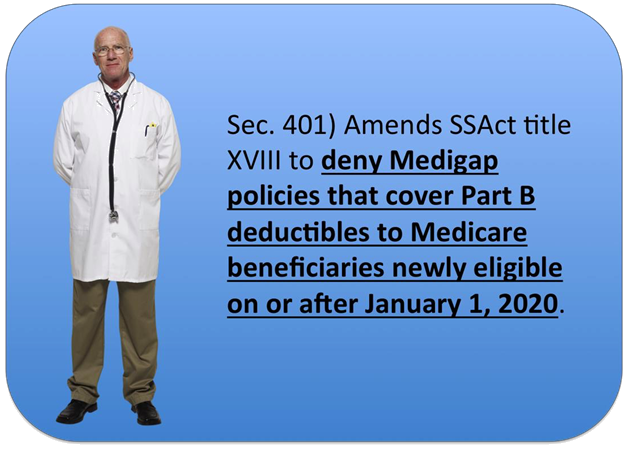Medicare Advantage vs. Medicare Supplement & How to Choose
What is Medicare Advantage?
Also called Medicare Part C, Medicare Advantage plans provide coverage through private insurance companies approved by Medicare. These companies provide all the benefits of Part A and Part B, with the exception of hospice care (that remains covered by Medicare Part A). These plans sometimes also include additional benefits, such as vision, dental, and/or prescription drug coverage. Note that people with end-stage renal disease (ESRD) generally do not qualify for Medicare Advantage plans. When you join a Medicare Advantage plan, you must continue paying your Part B premium.
What is Medicare Supplement?
Also known as Medigap, Medicare Supplement plans are offered by private insurance companies and can take care of certain health care costs not covered by Original Medicare, like deductibles, premiums, and copayments. There are 10 standardized plans in 47 states, while Massachusetts, Minnesota, and Wisconsin each have their own plan offerings. Plans are categorized by letter—A, B, C, D, F, G, K, L, M, and N—and plans of the same letter offer the same benefits. However, insurance companies can offer plans at different prices; therefore, you may have different out-of-pocket costs, even if the standardized plan benefits are the same. These plans do not provide prescription drug coverage. This means that you will have to enroll in a stand-alone Medicare Prescription Drug Plan for medication coverage.
While Medicare Supplement plans help with deductibles and other expenses not paid by Original Medicare, they do not cover services if Original Medicare does not cover them. For example, they do not cover long-term care, dental care, or eye glasses.
How do I choose?
When deciding on a plan, it’s essential to compare the benefits and costs in relation to your specific health care needs. With Medicare Advantage plans, you must continue to pay your Part B monthly premium, in addition to the monthly premium for your plan. However, although Medicare Supplement plan benefits are standardized, costs can vary between plans with the same benefits and are generally more expensive.







